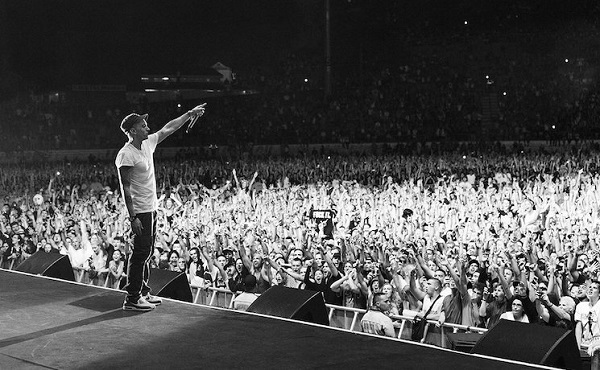Decline in Live Music Interest: Causes and Implications

In recent years, there has been a noticeable decline in public interest towards live music events. This shift represents a significant change in cultural trends and poses questions about the future of live performances. Various factors contribute to this diminishing interest, ranging from technological advancements to changing social dynamics. This article aims to explore the potential reasons behind this trend, the advantages and disadvantages of live music, and what the future might hold for this once-thriving industry.
Factors Contributing to the Decline in Live Music Interest
The rise of digital streaming services is a major factor. These platforms offer easy access to a vast array of music, diminishing the need for live experiences as a primary means of enjoying music. Additionally, the high cost of concert tickets and the inconveniences associated with attending live events, such as travel and crowds, have deterred many potential attendees.
Social media and virtual reality technologies also offer alternative ways to experience music, often from the comfort of one’s home. The growing preference for these digital experiences over traditional live events is reshaping the music consumption landscape.
Advantages of Live Music Experiences
Despite the decline, live music experiences still hold significant advantages. They provide an irreplaceable ambiance and a sense of community among fans. Live performances offer a unique, immersive experience that recorded music cannot replicate, creating memorable moments and a deeper connection with the artists.
Live music events also contribute significantly to local economies, supporting venues, artists, and various related industries. They foster cultural diversity and provide a platform for new artists to showcase their talents.

Disadvantages of Live Music in the Modern Era
However, live music events are not without their drawbacks. The logistical challenges of organizing, promoting, and executing live events are considerable. Environmental concerns, such as the carbon footprint associated with large-scale events, also play a role in the reduced interest.
The inconsistency in quality and experience of live performances can be a deterrent, alongside safety concerns in large crowds, especially in the wake of recent public health crises.
Future Prospects and Feasibility of Live Music
The future of live music, while challenged, is not bleak. There is potential for a resurgence by adapting to new technologies and audience preferences. Hybrid models combining live and digital experiences could reinvigorate interest. The industry might also see a shift towards smaller, more intimate events that offer unique and personalized experiences.
In conclusion, while live music currently faces challenges, its unique qualities and adaptability suggest that it can continue to be a relevant and cherished part of our cultural landscape.
